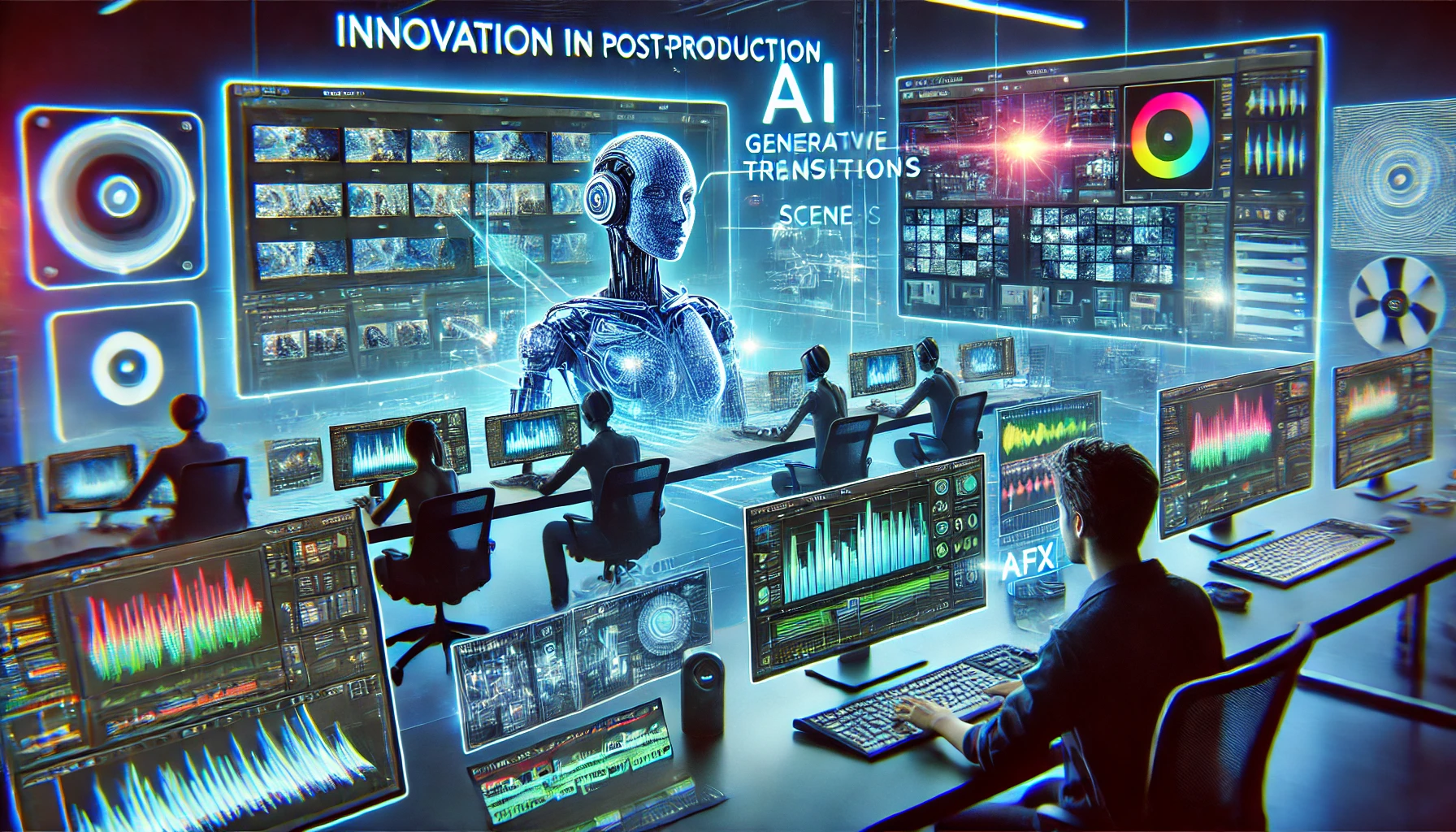In 2025, artificial intelligence continues to dominate headlines, with promises of autonomous agents that can revolutionize industries, automate complex tasks, and even simulate human decision-making. However, IBM’s recent analysis provides a sobering reality check: despite the growing excitement around AI agents, the vast majority of systems in production today remain far from the vision of fully autonomous entities.
The Hype Around Autonomous AI
Over the past few years, AI agents have been depicted as self-sufficient problem solvers capable of planning, reasoning, and executing tasks with minimal human intervention. Popular media and even some tech companies have fueled expectations that these agents could soon replace human roles across various sectors — from customer service and software development to supply chain management and scientific research.
This vision of AI agents includes advanced capabilities such as:
-
Dynamic goal setting and reprioritization
-
Independent learning from unstructured environments
-
Long-term strategic planning
-
Multi-agent collaboration without direct programming
But how close are we, really, to this future?
IBM’s Grounded Perspective
According to IBM’s experts, most AI agents deployed in 2025 are still built around basic “function-calling” architectures. These systems excel at performing predefined actions, invoking APIs, and following scripted workflows. While they can chain together simple tasks, they lack the depth of understanding and the adaptability that true autonomy requires.
For example, an AI agent might:
-
Call a weather API to adjust calendar events
-
Scrape a database for customer details
-
Generate reports based on set criteria
However, when faced with ambiguous objectives or novel scenarios, these agents often fail without human guidance. They are reactive rather than proactive, capable of executing instructions but not of devising complex strategies.
Why Full Autonomy Remains Elusive
Several technical and ethical challenges stand in the way of truly autonomous AI agents:
-
Reasoning and Generalization: Most models struggle to generalize knowledge across domains. Planning in one environment doesn’t easily transfer to another.
-
Safety and Accountability: Giving agents full autonomy raises questions about responsibility, especially in high-stakes contexts like healthcare or finance.
-
Interpretability: Complex autonomous systems can become black boxes, making it difficult to trace their decisions and ensure compliance.
IBM’s research emphasizes that while incremental progress is being made — particularly with the integration of large language models and reinforcement learning — we are still in the early stages of agent autonomy.
The Road Ahead
Rather than focusing on flashy promises, IBM advocates for a pragmatic approach: developing AI agents that augment human capabilities rather than replace them, ensuring transparency, reliability, and alignment with human values.
Autonomous AI is not a binary state but a spectrum. As tools evolve, we can expect gradual improvements in how agents plan, reason, and collaborate — but the path will likely be measured in decades rather than months.




